Central heating - everything you need to know about heating your home
Stay warm and save money this winter with our essential guide to central heating
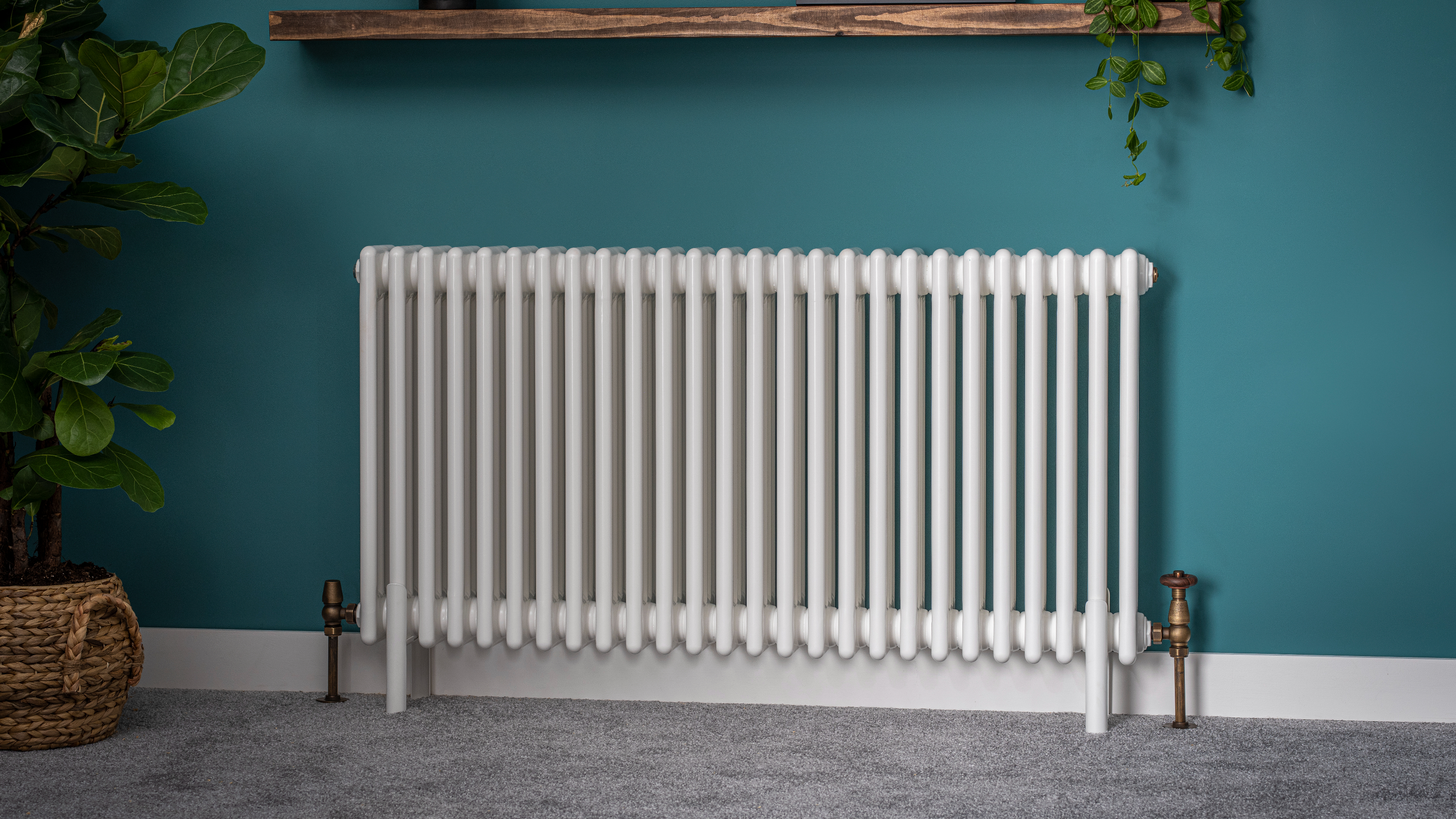

Our central heating is nothing short of the hero of our home. We rely on it year round for hot water, warmth and general comfort, and as winter creeps ever closer, it's more important than ever to make sure we've got the best central heating system for our home.
When it comes to ways to keep your house warm this winter, efficient central heating should be top of the list. Different heating systems work better in different properties, so it's good to be aware of what type of system your home would benefit from if you're thinking of upgrading.
'Choosing a system that makes you the most comfortable at the lowest running cost is a good general rule of thumb', advises James Lloyd, Specification Consultant, Wunda Group.
But there's still a lot to unpick when it comes to central heating, from the fuel type to the boiler, to the radiators and where they should be positioned. Our guide will cover everything you need to know, from the basics to the nitty gritty.
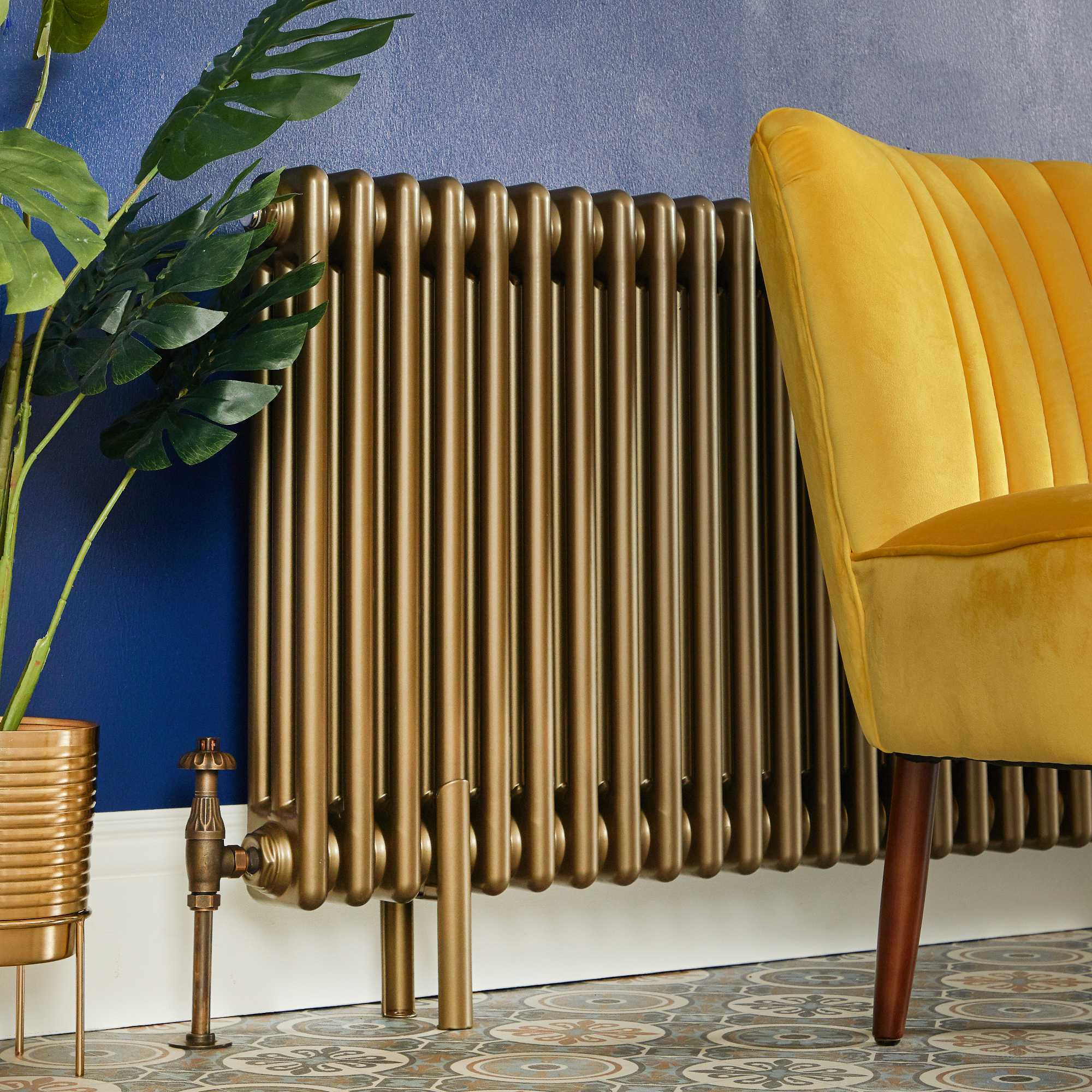
Central heating - the essential guide
Boilers
So if you're looking for guidance on central heating, you've come to the right place. Whether you're wondering how to save energy at home or how to make your house as warm and comforting as possible, keep reading to find out everything you need to know.

Fuel types
Central heating is in essence, the means by which your home is heated. Most commonly, this will be through a boiler, from which hot water is transferred to taps and radiators via pipework.
In the UK, boilers are most commonly fuelled by either gas or electricity. Gas boilers are available for homes connected to the natural gas grid, which is the vast majority. The homes that don't have access to the gas grid (around 4 million) tend to use an electric central heating system. Less common is oil central heating, where oil needs to be bought in bulk and stored in a tank outside the home.
Sign up to our newsletter for style inspiration, real homes, project and garden advice and shopping know-how
If you're wondering whether to choose a gas vs electric boiler, there are a few things to consider. Gas boilers are cheaper to run, and will also heat your home quicker, as they'll heat up pretty much instantly after being switched on. Electric boilers currently have a much lower flow rate, so you'll have to wait longer for the water to heat up.
Homes that are less well insulated will therefore typically fare better with a gas boiler. Make a note though that gas is a non-renewable energy source, so if you're interested in a more environmentally friendly option, electric central heating is ideal. Gas boilers also tend to have higher maintenance costs, whereas electric ones have less moving parts and don't require servicing as frequently.
Boiler types
Aside from fuel type, the primary factor to consider with central heating is the type of boiler to install. There are currently three types of boilers in use.
- A combi boiler is a single unit that provides all the heating and hot water requirements for the home. It works by taking a mains water feed and heating it as soon as it detects a hot tap is turned on.
- A conventional boiler (also referred to as open vent and heat only boilers) requires a cylinder to store hot water, and a cold water storage tank (or tanks, usually stored in the loft). The cold water storage tank draws water from the mains supply and feeds this into the hot water cylinder, where is it heated and then pumped to the taps and radiators.
- A system boiler (also referred to a as sealed boiler) also uses a hot water cylinder, but does not require water storage tanks in the loft, as it uses a pressurised heating circuit directly from the water mains.
How to choose the best boiler for your home
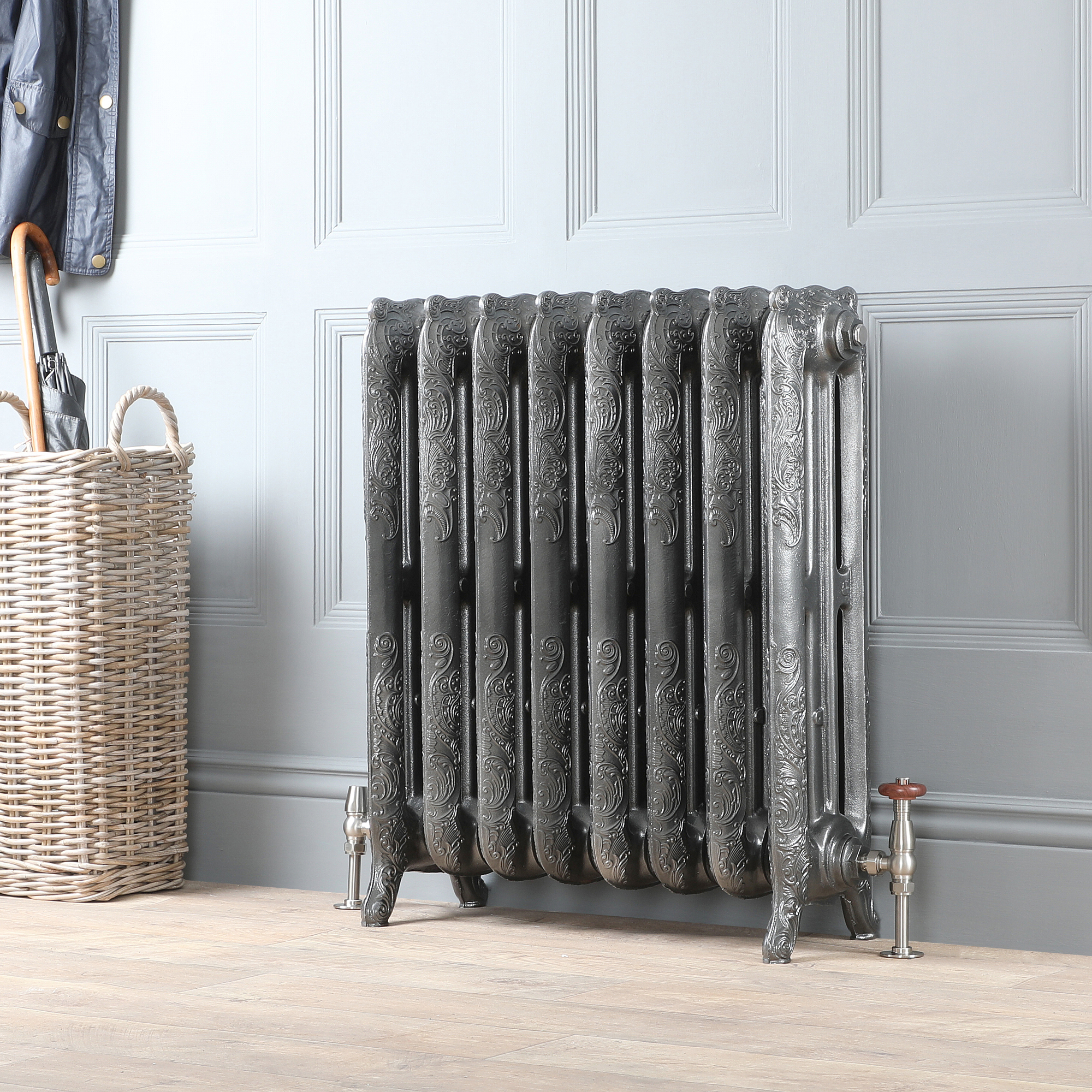
Older properties tend to use conventional boilers, and will usually have an airing cupboard where the hot water tank is stored. As conventional boilers also require storage room in the loft for the cold water storage tanks, your home may be better suited to a combi boiler if it's smaller and you want to save on space.
Combi boilers also provide hot water instantly, as it is stored in the taps, rather than in a separate tank. Conventional boilers however require the water to be transferred from the header tanks to the cylinder, where it's then heated up before being pumped to the taps. You'll therefore have to wait longer for hot water unless the cylinder is already full.
However, the storage cylinders in a conventional boiler system mean that they can provide water in multiple spaces in the home without impacting the temperature, water pressure, or energy bills when they are full. The opposite is true of a combi boiler, which can only provide hot water in one place at once, so if your home has two bathrooms, a combi boiler may not be ideal.
System boilers are a modern method of heating for larger properties, as unlike combis, they can provide hot water in multiple taps at once because of their storage cylinder. They can't provide hot water instantly, but they don't require storage tanks in the loft like conventionals. System boilers are something of a happy medium between conventional and combi boilers.
Radiators
Radiators are how we feel the benefits of our central heating, and as they're often on display in multiple rooms, it's important we select ones that both look great and work efficiently.
How to choose the right radiator
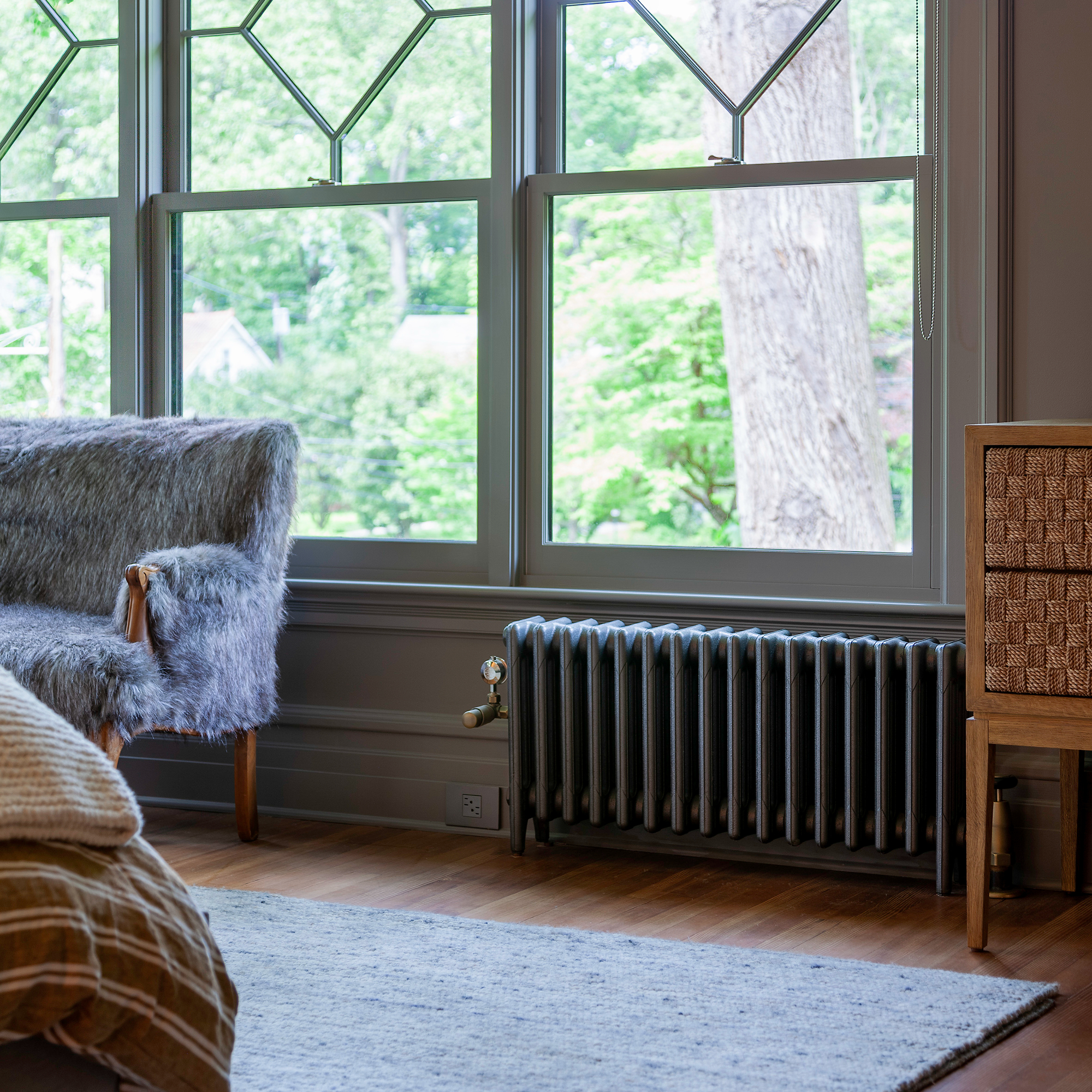
'When choosing a radiator, it's important to ensure that each room within the house is heated properly and to the correct specifications, says Simon Morris, Marketing Manager, The Radiator Company. 'Each area in your home will have an individual heat requirement, known as a British Thermal Unit (BTU) level and you'll need a radiator that has the right output to match it.'
You can find out the BTU of a room online (you'll need to know roughly the size of the room and whether or not it's double-glazed) so that you can make sure to select a radiator with the right heat output to match it. If you've been wondering how to save energy at home, this is a good place to start, as a radiator with a heat output too high or low for a room is a sure way to run your bills up unnecessarily.
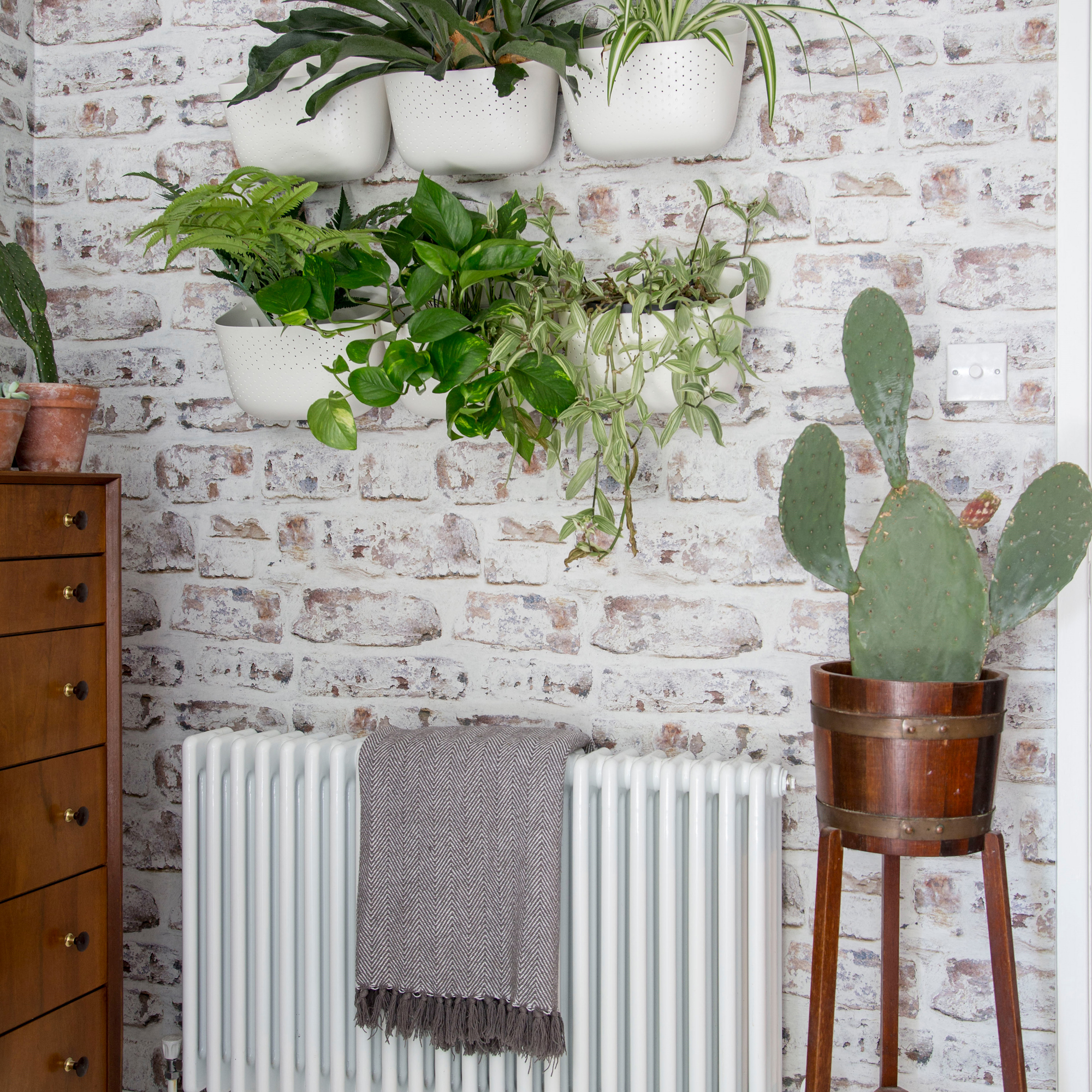
In terms of style, there are lots of designs to choose from. Modern models are made out of steel or chrome, which heat efficiently and are easier to produce. Older cast-iron radiators are heavy, quite bulky and take longer to heat up. But they do cool down slowly, which gives a more gentle radiating heat.
The good news is that any radiators will work with any heat source, so you've got the freedom of picking designs you like whatever central heating system you're using. And if you prefer your radiators to be hidden, the best radiator covers will do the trick.
Where should I position my radiator?
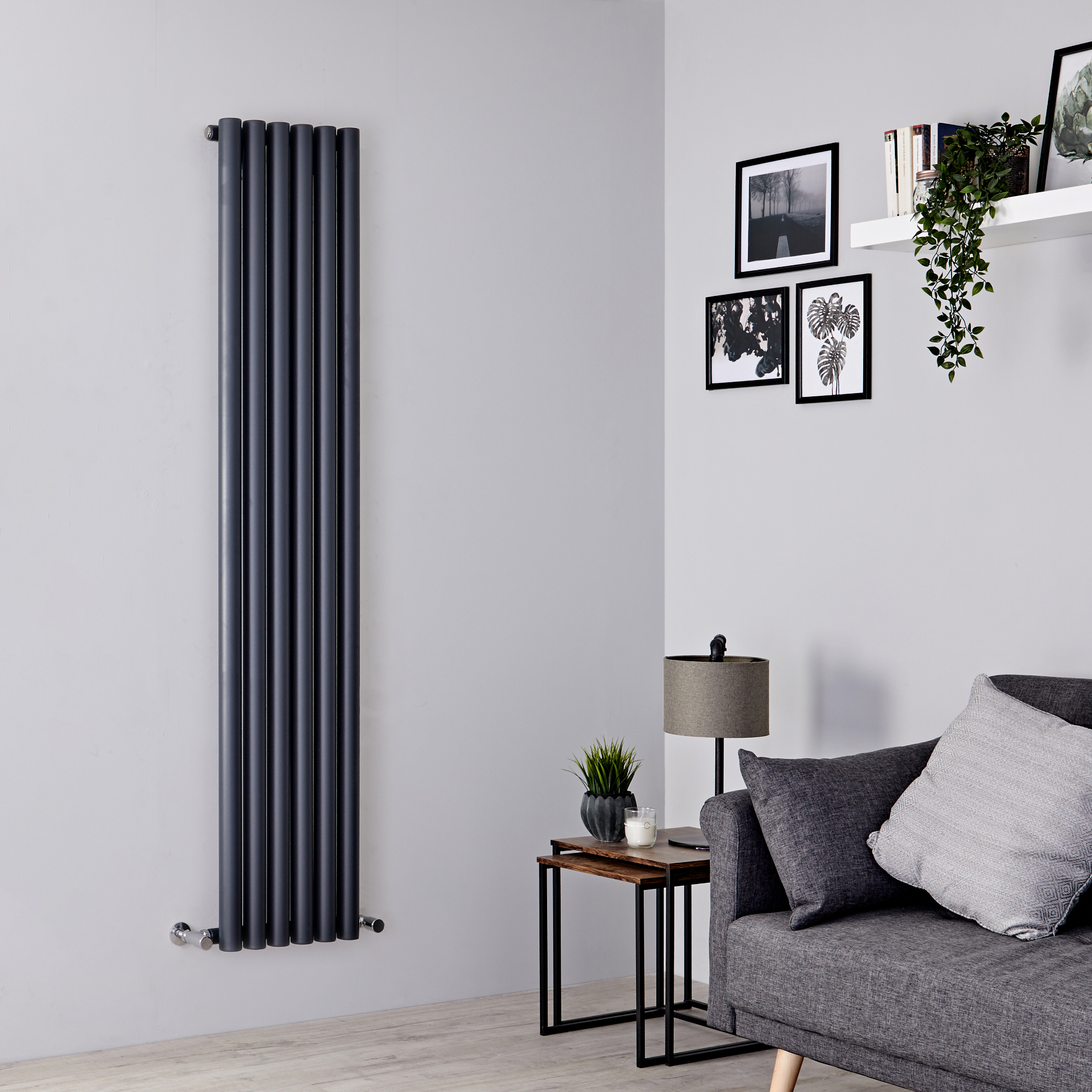
'The best place to put your radiator is in the coldest area of the room', says Matthew Jenkins, heating expert, MyJobQuote. 'In older homes, this is usually underneath a window. In modern homes with double-glazing this may not be a cold area, so you can put your radiators anywhere where it won't affect the use of the wall.'
As a general rule of thumb, you should aim to have one radiator per every four metres or so in a room.
If you're getting new radiators fitted, it's a lot less work to keep them in the same position as before, so the pipes don't need to be refitted. 'Though it is possible to move the pipes to accommodate the placement of your new radiator, if you're hoping for an easy replacement of the old one, it's essential to select a new model with the same pipe centres', Simon from The Radiator Company explains.
What are the four types of central heating systems?
Aside from the different fuel and boiler types, central heating systems can be divided into four generic categories depending on where they get their heat from. These are wet, dry, storage heater and district.
- Wet system – your boiler heats the water, which is pumped through a system of pipes connecting to all of the radiators. Each radiator has its own valves to control the water flow rate and the amount of heat produced.
- Dry system – cold air is brought indoors from outside, and this is heated by a boiler which then circulates the air through the home with ducts and vents.
- Storage heater system – work via electricity and store heat overnight within firebricks. This heat is then gradually released into the home throughout the day. These systems consist of various individual storage heaters in different rooms, and are most commonly found in flats and apartment buildings.
- District heating system – generates heat in a centralised power source and then distributes this around several buildings in the surrounding area through insulated pipes. This allows properties to have shared heating systems which can help to lower energy bills and lower the home's carbon emissions.
'Dry systems peaked in the 1960s-1970s and can still be found in some older homes, but they've since been replaced by the more common wet systems', says Thomas Halpin, heating expert, PriceYourJob. 'Wet systems are usually dual-purpose as they serve as a heating source as well as a hot water supply for your taps.'
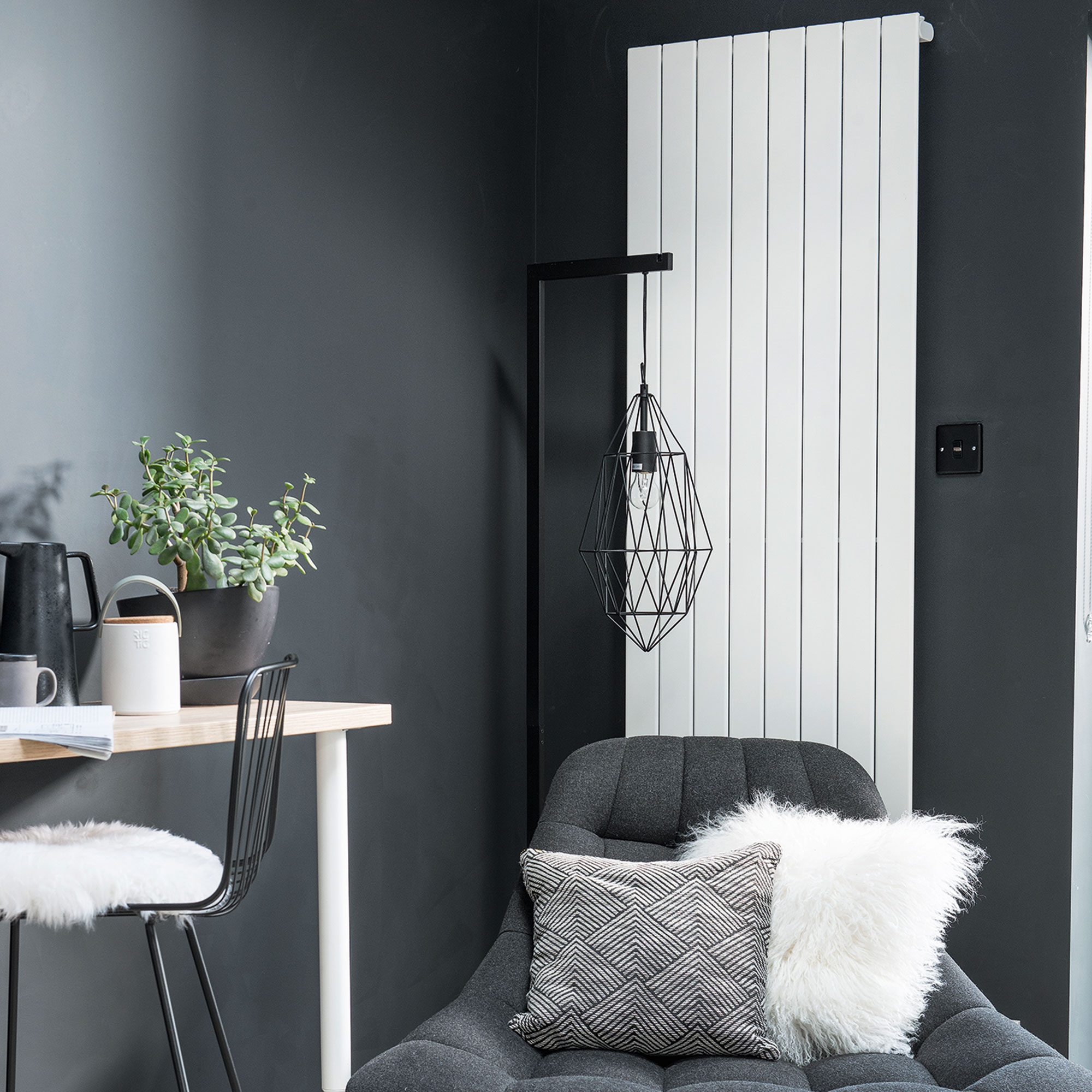
What is the best form of central heating?
The best form of central heating will depend very much on your home. Gas boilers are the cheapest form of heating to run, but as this relies on a non-renewable energy source, this doesn't necessarily make it the best choice.
By 2035, it will no longer be possible to instal gas boilers in your home, so the best choice could be a central heating system that uses a renewable source of energy. These will heat your home more efficiently and save you money in the long run, whilst causing less damage to the planet.
'A Networked Heat Pump solution provides a tangible pathway for a widescale and rapid transition away from gas to renewable energy for all properties', says Dr Matthew Trewhella, CEO of Kensa Group.
He adds, 'ground source heat pumps can provide the same level of comfort and warmth, whilst safeguarding the future of our planet and protecting people against fuel poverty.'
What is the cheapest form of central heating?
'Gas boilers have been the cheapest central heating for some time, and if you have one, will continue to be as you won't have any new outlay to pay for', says Joseph Seager, money saving expert, Thrifty Chap.
Though gas boilers are currently the cheapest form of central heating, this will most likely change in the future. 'Ofgem’s last energy price cap rise saw gas become 75% more expensive for the average household, and with electricity also becoming more expensive, it makes it difficult to find a cheap source to heat your home', says Kevin Mountford, savings expert and co-founder of Raisin UK.
Going forward, heating that uses renewable energy sources, such as solar panels or an air source heat pump, will be cheaper to run long-term, despite their larger upfront costs.
'Solar panels and a hot water cylinder will heat your home at a cheaper price than gas which has been hugely impacted by the economic situation', says Kevin. 'You will still need a boiler when using thermal panels in colder months, but across the year they will provide around 50% of your heating for free.'

Katie has been writing freelance since early 2022, specialising in all things homes and gardens, following achieving a Masters in Media and Journalism. She started out writing e-commerce content for several of Future’s interior titles, including Real Homes, Gardeningetc, Livingetc, and Homes and Gardens. Since then she’s been a regular contributor on Ideal Home’s digital team, covering news topics, how-to guides, and product reviews.